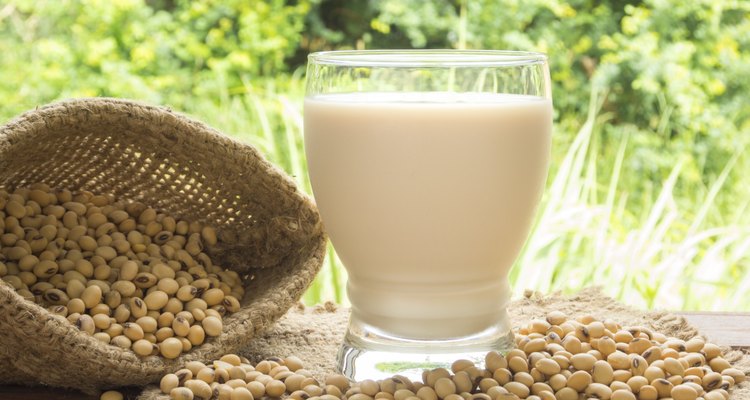
utah778/iStock/Getty Images
Whether you buy it in powder or liquid form, you’re getting excellent nutrition and high-quality protein when you drink soy milk. There are differences in taste, price, stability and preparation among the two varieties, though, so it helps to learn more about the qualities of each before you choose one to use regularly.
Nutrition Facts
The USDA reports that 1 cup of plain or vanilla liquid soy milk has 130 calories, 8 g protein, 4.25 g fat, 15 g carbohydrates, 1.5 g fiber and about 10 g sugar. A cup of unsweetened liquid soy milk has closer to 80 calories, 7 g protein, 4 g fat, 4 g carbohydrates, 1 g fiber and 1 g sugar. In contrast, soy milk powder has 95 calories, 4.5 g fat, 6.5 g carbohydrates, 2.5 g fiber and 1 g sugar per 1/4 cup, which combines with 8 oz. water to make just over 1 cup of soy milk.
Ingredients
Liquid soy milk is made from filtering soybeans with water. Soy milk powder is made in the same way but has an extra step involved of dehydrating the end result. However, both liquid soy milk and soy milk powder often contain additional ingredients. Original liquid soy milk, for example, also contains added sugar, calcium carbonate, salt, carrageenan and various vitamins and minerals for fortification purposes. Soy beverage mixes and sweetened powders may also contain starches, stabilizers and supplemental vitamins and minerals.
Qualities
Liquid soy milk is freshest when you use it within a week after opening the carton, although most varieties will last two to three weeks before going sour. The liquid milk also tends to have a more even, smoother and slightly thinner texture after it’s mixed with water than soy milk powder; the powder can produce a somewhat clumpy soy milk with a duller, chalkier taste. According to SoyFoods.com, soy milk powder should be stored in the refrigerator or freezer, but it stays fresh indefinitely. The powder also beats the fresh milk in terms of cost. It’s typical for 1/2 gal. of liquid soy milk to cost several dollars or more, but you may be able to use soy milk powder to make the same amount at half the cost.
Considerations
Both liquid and powdered soy milk offer plant-based protein that is healthy for bone, skin and muscle tissues. According to the United Soybean Board, 25 g of soy protein per day may even help reduce the risk of heart disease. To meet all of your nutritional needs, balance daily soy protein intake with other lean proteins, low-fat dairy products, if you tolerate them, fruits, vegetables and whole grains.
Related Articles
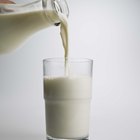
Whole Milk Vs. Lactaid Milk

How to Dissolve Non-Instant Milk Powder

How to Make Milk Powder Non-Instant

Can I Dilute Whipping Cream to Sub Milk?

Differences in Half & Half Vs. Cream ...

How Much Malted Milk Powder Do You Put ...

Cream vs. Creamer

Ingredients in a Curves Protein Shake
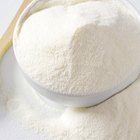
Differences Between Instant & ...

How to Compare Rogaine Vs. ScalpMed

How to Store Powdered Milk for ...

Can You Make Chocolate Ganache Frosting ...

The Difference Between Bittersweet ...
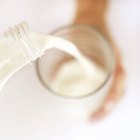
How to Add Oil to Dry Powdered Milk to ...

How Much Powdered Milk Makes 1 Cup?
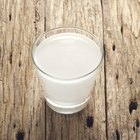
Why Is Milk So Fattening?

Can I Use Almond Milk for Alfredo Pasta ...

The Difference Between Whey & Wheat Germ

How to Make Glaze for Donuts With Milk ...

How to Make Mocha With an Espresso ...
References
Writer Bio
Carly Schuna has been freelance writing and editing for more than a decade. In the lifestyle sector, her specialty areas are wellness, food/drink, and entertaining. With hundreds of recipes and nutrition-focused articles in her portfolio, Carly loves helping readers put a healthy spin on classics in the kitchen without sacrificing taste.
Photo Credits
utah778/iStock/Getty Images